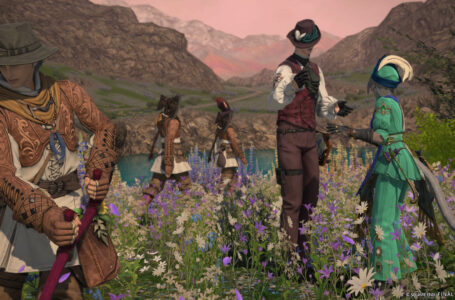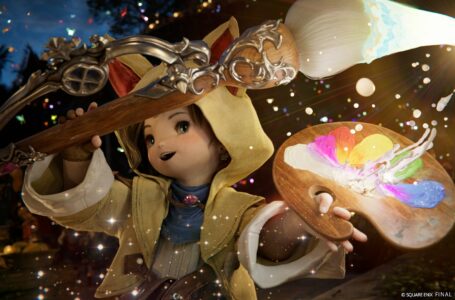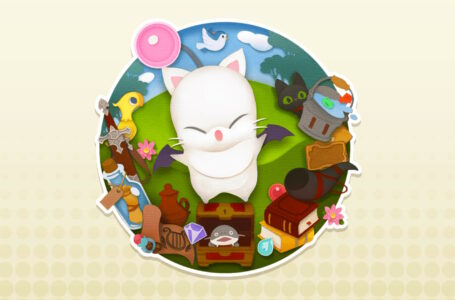Hey, gaming industry, do you have a minute? Sexy games are great!
I can’t believe we’re still having this discussion as 2021 comes to a close, but it seems that clickbaiting mainstream western journalists are still keen to fuel the fire — so for as long as they keep talking about it, we keep talking about it, too. Yes, it’s the “sexy games” argument again… and absolutely nothing has changed since the last time it came up.
This time around, the terrible take comes from Tae Kim of Bloomberg, who claims that the “video game industry [is struggling] to shake sexist attitudes”, but claims that Horizon: Forbidden West, set for release next year on PS4 and PS5, offers “a glimmer of hope that things are changing”.
Before we get into this, it’s important to acknowledge that at least one thing about Kim’s article is valid: there absolutely have been some seriously unpleasant scandals in a number of video game companies such as Activision, Blizzard, Ubisoft and Riot Games over the years, with a significant number of them coming to light in the last year. This, of course, paints a rather depressing picture about the western games industry in particular.
Where Kim’s article goes off the rails is in attempting to argue that there is some sort of correlation between sexy games and these real-world instances of sexual harassment and abuse.
Actually, “argue” is a pretty strong word, since he does little more than say that “the treatment of women in video games, both behind the scenes and as characters within them, is nothing short of scandalous” without actually giving any specific examples other than the fact that “leading titles like Tomb Raider, Genshin Impact or Bayonetta all feature female characters in skimpy outfits” and that he finds it “uncomfortable” to play them in front of his family.
Well, all right. Let’s break this down into a few key points, shall we?
Why are you playing Bayonetta in front of your family?
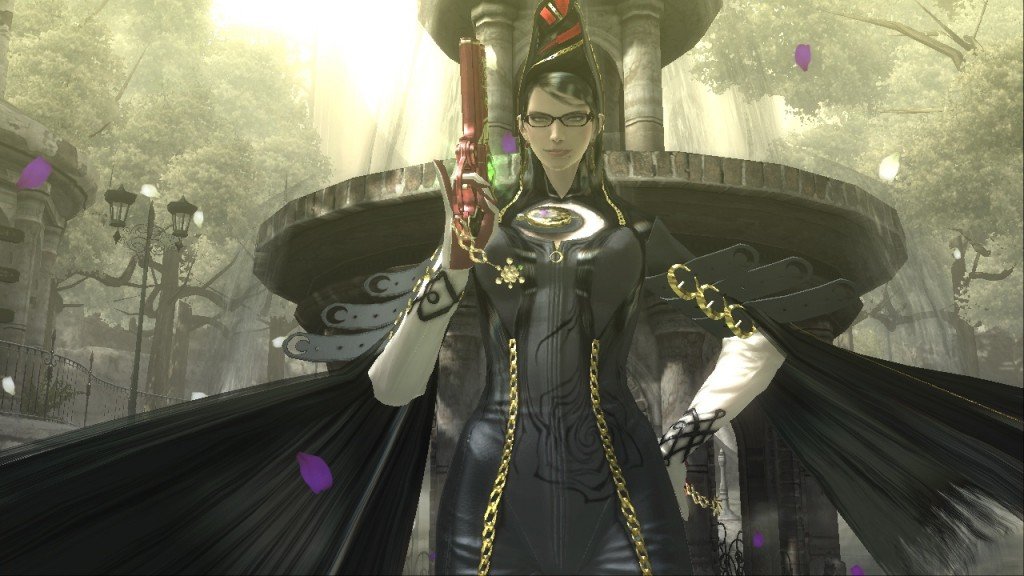
Bayonetta is a game rated by the ESRB as “Mature 17+” with specific content descriptors of “blood and gore, intense violence, partial nudity, strong language and suggestive themes”. PEGI likewise rates it as 18, offering warnings for violence and strong language (but not sex, interestingly).
The BBFC rated the original Xbox 360 and PlayStation 3 releases as “15”, citing “strong language and bloody violence” (but again, no sex). And Japan’s CERO rates it as “D”, which is suitable for those aged 17 and up, citing violence, crime and sexual content in its descriptors.
In other words, Bayonetta is not a game for children; to put it another way, it is not family-friendly. So why does Kim cite it as an example he’s embarrassed to play in front of his family? More to the point, why does he want to play it in front of his family? Much as I wouldn’t subject my mother to something like Pulp Fiction or The Terminator (I haven’t watched a movie for a long time, okay) it wouldn’t even cross my mind to show her Bayonetta, let alone anything more racy such as an 18+ visual novel.
Everything I’ve just said also applies to Tomb Raider’s latter-day installments, which brought up accusations of being “torture porn” on their initial release, due to the wide variety of ways in which it was possible for nu-Lara to come a rather violent cropper. I would never have even assumed that Tomb Raider was in any way family-friendly in its current incarnation — though, interestingly, I would happily make that assumption (and be correct) about old-school, pre-reboot Lara.
Genshin Impact, meanwhile, is rated T for Teen by the ESRB and 12 by PEGI, citing violence and online transactions as the only content worthy of specific note, though the ESRB’s description does also highlight the fact that characters occasionally discuss alcoholic beverages. Scary stuff, I’m sure you’ll agree.
Genshin Impact does, I will freely admit, feature characters in attractive, often sexy outfits and thus probably qualifies as a “sexy game”. But those characters are not doing anything sexual in those outfits, and as such if you find them in some way “offensive” or “inappropriate” to show to your family, then I fear that probably says more about what is running through your mind than what the game is actually doing.
Fanart is a completely different matter, of course, but I’m going to go ahead and assume that most people know better than to look up Rule 34 in front of their parents.
Anyway…
I dress how I want
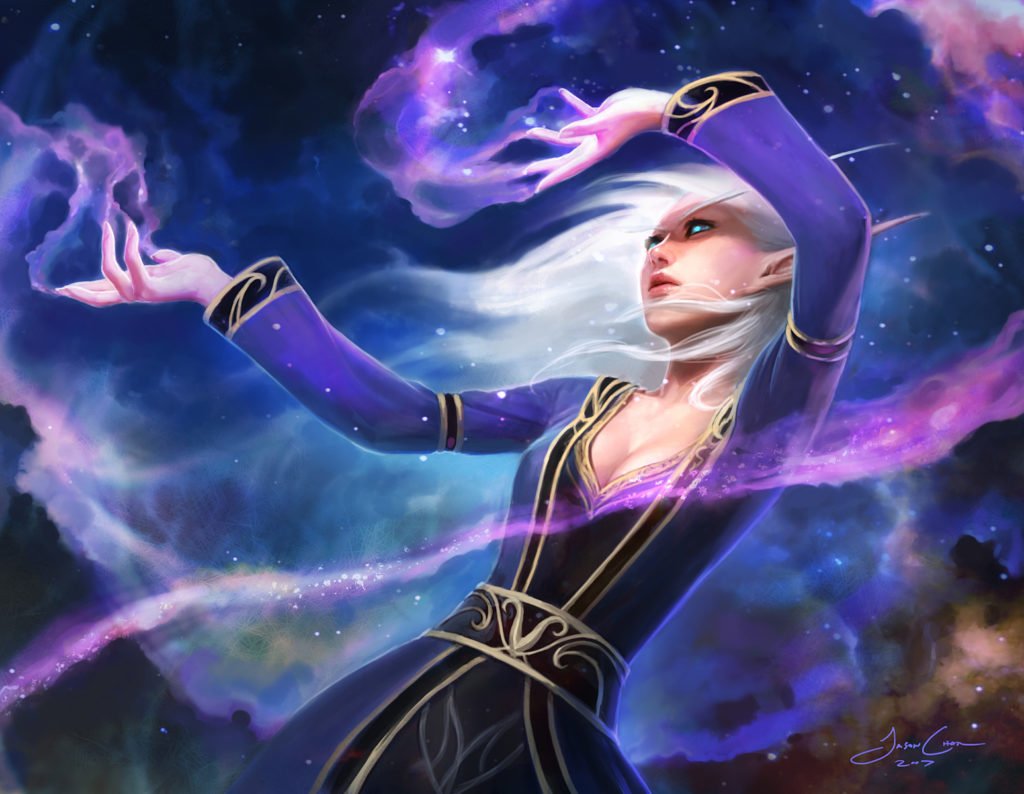
Kim cites the instance of a 2010 Blizzcon panel in which a female fan asks if it would be possible for Blizzard to incorporate some characters into World of Warcraft who “don’t look like they stepped out of a Victoria’s Secret catalogue” — an incident where the fan in question was ridiculed and even booed by the assembled crowd.
While the reaction to her question from both Blizzard and the public was obviously unjustified and unacceptable, the fact remains that her question was already on shaky ground to begin with. In World of Warcraft, much as in any MMO worth its salt these days, there are a wide variety of costumes you can dress both male and female characters in, and some of these are skimpy, while some are full suits of plate armour, frumpy robes or distinctly ordinary-looking shirt-and-trousers combos.
In other words, reducing the entire cast of World of Warcraft — including its playerbase — to characters who “look like they stepped out of a Victoria’s Secret catalogue” is rather disrespectful, both to the developers who created those characters in the first place, and to the players who have chosen to express themselves however they see fit.
In an MMO, your character is more than just your means of mechanically interacting with the world: it is your avatar, your virtual self. And as such, how you choose to represent yourself in that virtual world is an extension of yourself in some way. You might choose to attempt to recreate your real-life self. You might choose to create an idealised version of yourself. Or you might choose to do something completely different — and this latter option can be an extremely important, empowering thing for many people.
Sexy outfits as a means of exploring identity
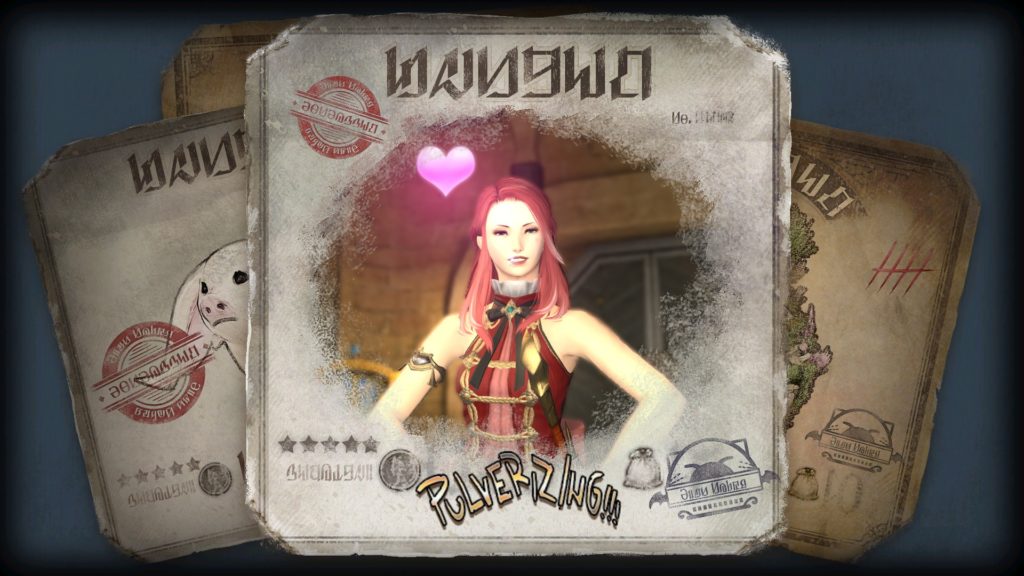
Way back as far as the original Baldur’s Gate on PC, I’ve deliberately chosen to play as female characters in RPGs where I get to create my own character. There are a number of reasons for this, chief among them being a healthy sense of what I’d describe as curiosity. I don’t feel especially dysphoric with regard to my gender, but I have often contemplated what life might be like as someone that I’m not.
Video games provide an amazing means of exploring this kind of curiosity, because they allow you to go far beyond what it’s possible to try in reality. As a 40 year old, overweight, unfit, socially anxious white man with serious self-confidence issues in reality, of course I’m fascinated by what it would be like to be a slim, attractive, confident woman in her mid-20s, because it is something that it is literally impossible for me to be in reality. And that’s exactly why my Final Fantasy XIV character Amarysse is so important to me.
I love Amarysse, not because she’s sexy — though she is — but because she allows me to express myself in ways that I simply can’t in the real world. And, interestingly, having spent a lot of time playing with the “Glamour” system in Final Fantasy XIV — as most people do at one point or another — I’ve found distinct “looks” that I’m more comfortable with than others.
While it’s tempting to go “full sexy” at all times with all the bikinis, swimsuits and lingerie-esque outfits on offer — and some people do — after giving that a go for a while I ended finding myself a distinct “comfort zone” with regard to in-game outfits, and that forms the core of my in-game visual identity. Without exploring all the possibilities, I’d never have arrived at that feeling of comfortable self-expression.
Now obviously I can only speak from my own perspective here, but imagine how much more potent everything that I’ve just described would be to someone who is actually suffering from gender dysphoria, or questioning their own identity in some other way. The freedom we have to safely take things to “extremes” and find our own comfort zone in gaming is incredibly valuable — and that includes the option to get sexy if we so desire.
It’s not just about men
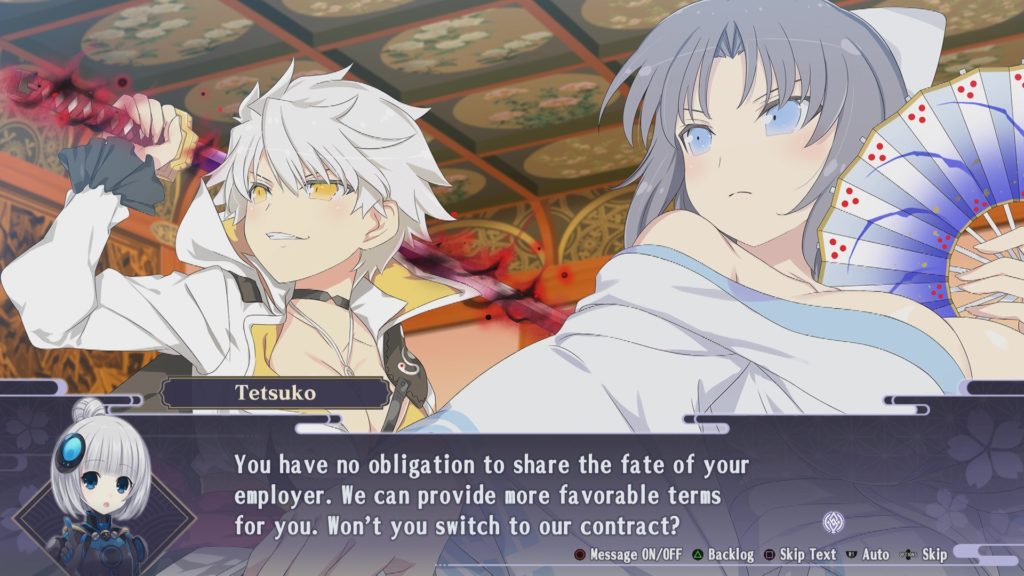
Kim makes a common mistake when addressing concerns about sexy female characters: he assumes that it is all about men. He at least stops short of accusing the fans of sexy games as being sex pests, which is more than can be said for some commentators even within the games industry over the course of the last decade, but he still equates depictions of sexy women in video games with sexual harassment and abuse in the corporate environment.
Which is already bollocks, we know — but it’s also completely failing to take into account the fact that there are a significant number of women out there who find these strong, sexually confident, powerful women attractive, inspirational and even something to aspire to.
One of my favourite ever pieces of writing on this subject comes from martial arts instructor “Atma Weapon”, and it describes how Senran Kagura’s Katsuragi, one of the most flagrantly “sexual” characters in all of gaming, helped her come to terms with her identity as a lesbian and various aspects of her painful past.
In more recent months, take the incredible Blue Reflection: Second Light, which is not only a magnificently emotional game that anyone can take some degree of value from, but it’s also a wonderful example of a game featuring openly gay characters speaking honestly about their feelings for one another and their relationship — and that relationship not being in any way fetishised or treated as something out of the ordinary.
And there are countless other examples. The otome sphere, as our own Lilia will happily attest, is filled with amazing heroines who damn well get the job done, whatever said job might be. The modern Asian RPG sphere is filled with majority- or all-girl casts. And even visual novels ostensibly aimed at the heterosexual male market often feature female casts who are much more interesting than their male leads — in many cases, precisely because many of them take complete ownership of their identity and sexuality.
Where are the damsels in distress?
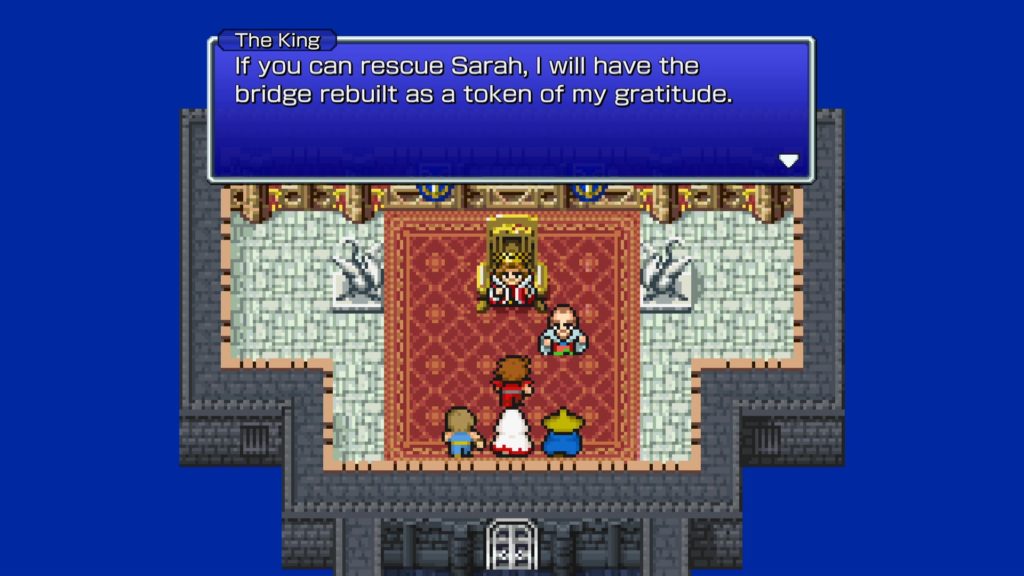
As a final point, Kim also brings up the supposed prevalence of the “damsel in distress” trope as being a continued problem in today’s games industry. But when I thought about it, I really struggled to think of the last game I played that genuinely featured an honest-to-goodness actual damsel in distress.
Super Mario Odyssey was the closest I came, and even in that case there’s the distinct sense that the game’s setup is satirising itself, particularly with the way the ending unfolds — Peach is the one with the real “power” over Mario and Bowser after all.
Then there’s the original Final Fantasy, of course, which saw a Pixel Remaster this year, but even back when that was first released on Famicom, that game almost immediately subverted the “damsel in distress” trope by allowing you to rescue said damsel within half an hour of gameplay, subsequently revealing that there were far more important things to worry about.
Blue Reflection: Second Light could perhaps be argued to have damsels in distress, but in many ways they’re rescuing themselves from their own repressed memories in that, so it doesn’t really count — and they’re all women anyway, so they certainly ain’t in need of no man.
Project Zero: Maiden of Black Water could probably be argued to feature a damsel in distress, but again, the vast majority of the cast is female — and said damsel proves herself to be eminently capable in her own right once you let her out of her hairy ghost box, anyway.
Neptunia x Senran Kagura features an actual princess in trouble that you need to rescue — but then she goes on to play an instrumental part in saving the world even while she’s still in captivity, so that doesn’t quite feel like it counts, either — and again, all-female cast.
So where are these games that are portraying women as “pawns, victims and objects of male desire”? From all the games I’ve played over the course of the last few years, it is genuinely quite difficult to think of one. I don’t doubt that they’re out there — nor that there’s still a market for them for people who enjoy a particular type of fantasy, which is fine — but so far as the more “mainstream” releases go, I’m coming up pretty blank. And so, it seems, is Kim, since he doesn’t cite any further examples beyond the aforementioned Tomb Raider, Genshin Impact, Bayonetta and Horizon: Forbidden West.
Not everything is for you
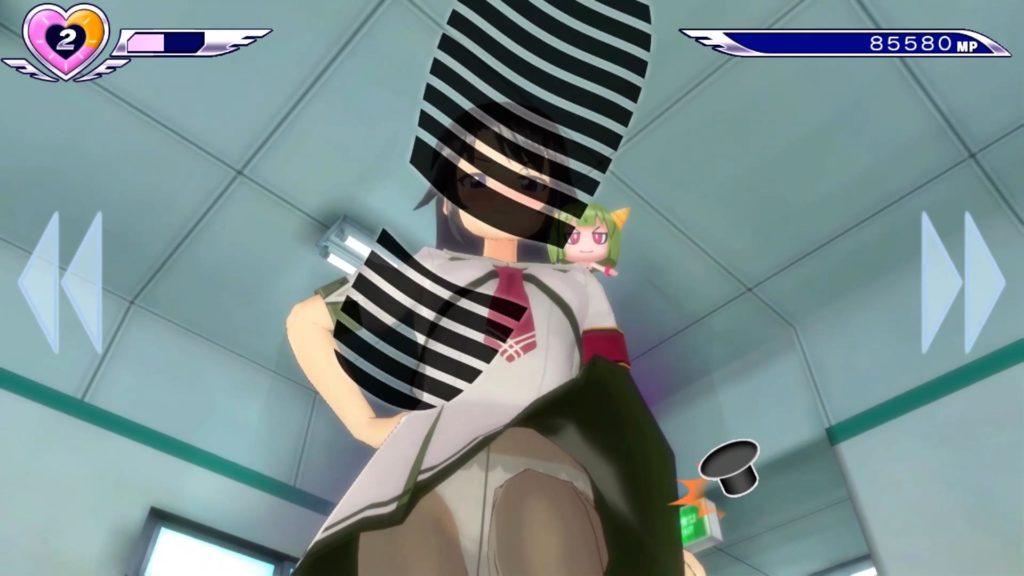
I think the most important thing to take away from any argument like this is that while games are accessible to more people than ever before today thanks to advancements in digital distribution, Internet access and the democratisation of game-making tools and distribution platforms, not every game is put out there with the intention that every single person in the world should enjoy it.
Much as not every book, film, piece of music or work of visual art is put out there with the intention of making every single person who experiences it feel something, the same is absolutely true for games.
If something doesn’t appeal to you, that’s absolutely fine; there are more than enough other experiences out there that do appeal to you, without a doubt. So just move on; demanding that things change when there is a demonstrable portion of the market who does enjoy the thing that you don’t like is just silly.
I mean, I didn’t like Horizon: Zero Dawn, and I thought Aloy was one of the most insufferably whiny protagonists I’ve ever had the misfortune to spend any time in the company of. Am I demanding that it be struck from the annals of history and replaced with a game featuring a curvy leotard-clad witch in tights? No I am not; I simply don’t play it, and I go and find a game that does feature a curvy leotard-clad witch in tights instead. Each to their own and all that.
So yes, it is time that the games industry grew up: it’s time that people commenting on it from the outside started accepting that the sheer diversity of experiences we have on offer these days is something to be celebrated, rather than demanding that everything conform to a very specific, California-centric and exceedingly boring view of the world.
Right, I’m off to play some Gal*Gun. Who’s with me?
Join The Discussion
Rice Digital Discord
Rice Digital Twitter
Rice Digital Facebook
Or write us a letter for the Rice Digital Friday Letters Page by clicking here!
Disclosure: Some links in this article may be affiliate links, which means we may earn a small commission if you make a purchase after clicking on them. This is at no additional cost to you and helps support Rice Digital!
- Letter from the Editor: passing the torch - June 30, 2023
- Super Woden GP 2 is looking promising - June 30, 2023
- Inti Creates is making a 32 bit-style Love Live action platformer - June 26, 2023




